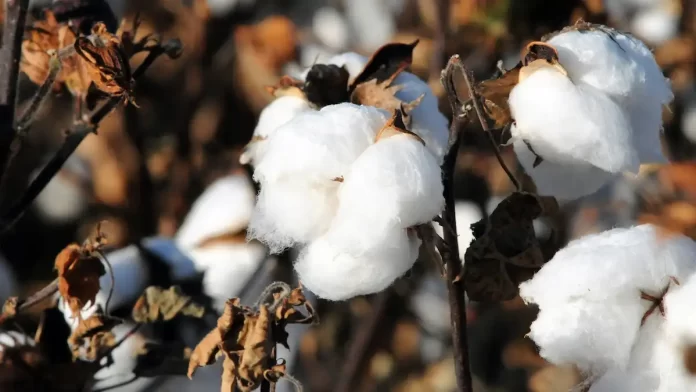From ancient civilizations to modern fashion runways, natural fiber plants have woven their way into the fabric of human history.
These versatile plants have provided the raw materials for clothing, textiles, and household items for millennia.
As concerns about sustainability and environmental impact grow, these green threads have once again taken center stage in the textile industry.
In this article, we will explore some fascinating natural fiber plants, their unique properties, and their role in shaping the world of textiles.
Cotton: The Soft and Ubiquitous Fiber
Cotton, a plant of the Gossypium species, is undoubtedly one of the most popular and widely used natural fibers in the world.
Its journey from humble beginnings in the Indus Valley to becoming the backbone of the textile industry is a testament to its versatility.
Cotton fibers are known for their softness, breathability, and ability to absorb moisture, making them perfect for a wide range of clothing items, from t-shirts to denim jeans.
Flax: Linen – An Ancient Luxury
Flax, also known as Linum usitatissimum, has a rich history that dates back to ancient Egypt.
Revered for its luxurious texture and natural luster, flax fibers are woven into linen fabrics.
Linen is highly valued for its durability and ability to become softer with each wash, making it a prized material for bed linens and summer clothing.
Hemp: The Eco-Warrior of Fibers
Hemp, derived from the Cannabis sativa plant, is an eco-friendly fiber that is gaining popularity in the textile industry.
Hemp fabrics are not only strong and durable but also naturally resistant to pests, reducing the need for harmful pesticides.
With its low water requirements and ability to grow in diverse climates, hemp is a sustainable alternative to conventional textiles.
Jute: The Versatile Burlap
Jute, extracted from the Corchorus plants, is a versatile fiber known for its affordability and biodegradability.
While it might be commonly associated with burlap sacks, jute fibers are finding new applications in eco-friendly textiles, home furnishings, and even high-fashion accessories.
Ramie: Silky Strength from China Grass
Ramie, from the Boehmeria nivea plant, is an ancient textile fiber known for its silky appearance and exceptional strength.
Often compared to linen, ramie fabrics have excellent absorbency and resistance to bacteria and mold, making them ideal for warm climates.
Sisal: Ropes and Beyond
The Agave sisalana plant gives us sisal fibers, strong and durable threads that find their way into ropes, twine, and even rugs. Its versatility makes it an essential natural fiber for various practical applications.
Abaca: The Manila Hemp
Abaca, or Manila hemp, comes from the Musa textilis plant and hails from the Philippines.
It has a reputation for producing specialty papers, tea bags, and exquisite textiles.
Pineapple fibers, known as piña fibers, also bring a touch of luxury and tradition to Filipino clothing.
Nettle: Nature’s Hypoallergenic Fiber
Though less renowned than other fibers, nettle plants (Urtica dioica) have been used for centuries in Europe to produce durable and lightweight fabrics.
Nettle textiles are prized for their hypoallergenic and antibacterial properties, making them an attractive option for those with sensitive skin.
Kenaf: The Underdog of Fibers
Kenaf, sourced from the Hibiscus cannabinus plant, might be less familiar than other natural fibers, but it has significant potential.
Its fibers are used to create ropes, twine, and coarse fabrics, making it a valuable resource for certain applications.
Natural fiber plants have been intertwined with human civilization since time immemorial.
Their journey from ancient times to the modern age showcases their enduring relevance and significance.
With an increased focus on sustainability and eco-friendly practices, these green threads are enjoying a renaissance in the textile industry.
As consumers and manufacturers alike embrace the beauty and benefits of natural fibers, these plants continue to shape the future of textiles, ensuring that the rich heritage of green threads lives on for generations to come.
